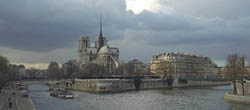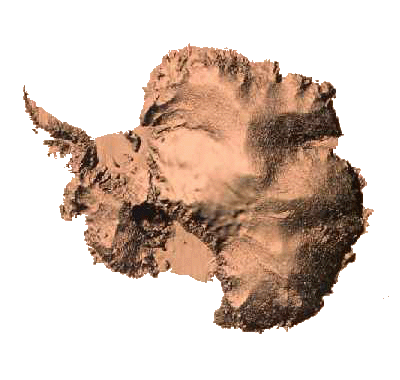Antarctica

A Complete Guide to its History, People, Cities and Culture



Photo Credits, top to bottom: Delphia, the city where visitors first arrive on the continent; Semei, on the northeast coast of Antarctica, known for its seafood, computer language industry and telekinesis experiments; Balloonists pass above the green hills surrounding Delphia, on their way back to the city; Detail of the ruins at Mimosa, where the most famous battle in Antarctican history occurred in 1403 B.C.
BUY MY BOOKS | HOME | FICTION | ESSAYS | ON-LINE DIARY | MARGINALIA | GALLERY | INTERACTIVE FEATURES | FAQ | SEARCH ENGINE | LINKS | CONTACT
www.ralphrobertmoore.com
the official website for the writings of
ralph robert moore

Overview
For thousands of years, Antarctica was viewed by the rest of the world as a cold wasteland.
Only in recent times has the true nature of Antarctica been gradually revealed to the world.
Rather than a stark, white continent, Antarctica is in fact a lush, populous land filled with blue lakes, green forests and elegant cities.
Its people can trace their lineage back at least 40,000 years. They invented photography in 1500 B.C., moving pictures in 19 B.C., radio in 800 A.D., and television in 1340 A.D. They live in a culture nearly free from disease, poverty and crime, devoting their lives to personal fulfillment, artistic expression, and scientific research.
Antarctica holds healthy herds of nearly all the earth's animals, including many dinosaur species thought long extinct who range freely through the continent's interior.
The purpose of this site is to assist Antarcticans' efforts to now make their presence known to the rest of the world. They no longer wish to live beyond our awareness. Their desire now is to gradually emerge into our consciousness much like, over a ship's wooden prow, within the dissipating fog, arise the bays and beaches of an uncharted island.
print this article